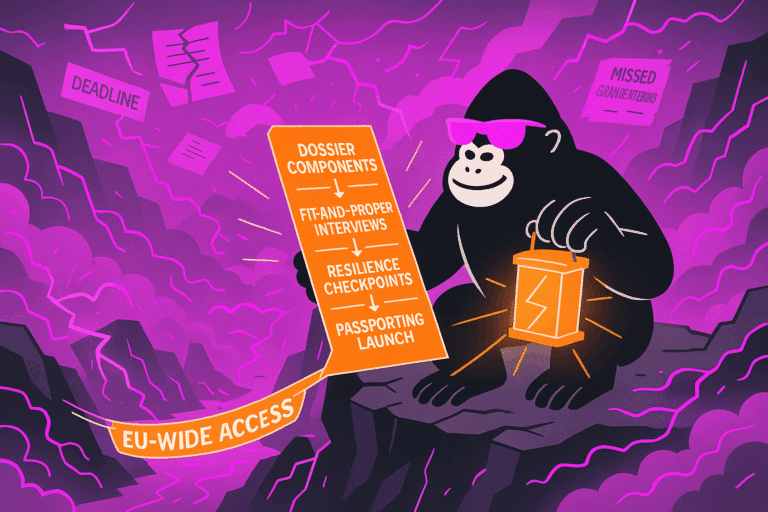In the ever-evolving landscape of cybersecurity, the ability to swiftly detect and respond to incidents is paramount. Reflecting on a recent experience, our organization faced a sophisticated phishing attack that bypassed initial defenses, underscoring the critical need for robust incident detection and response mechanisms. This article delves into best practices for enhancing these capabilities, drawing from both firsthand encounters and industry standards.
Understanding incident detection in cyber security
What is incident detection? At its core, it is the process of identifying security events that could compromise an organization’s integrity, confidentiality, or availability. Without effective incident detection, security teams may remain unaware of breaches until significant damage has been done.
During our phishing incident, the detection phase was crucial in identifying unauthorized access early, allowing for prompt containment. Organizations should focus on monitoring systems for abnormal behaviors, potential breaches, and unauthorized activities using automated tools and skilled analysis.
| Key Element | Role in incident detection |
| Security Information and Event Management (SIEM) | Aggregates and analyzes logs from various sources to detect anomalies. |
| Endpoint Detection and Response (EDR) | Provides visibility into endpoint activities and detects suspicious behaviors. |
| User Behavior Analytics (UBA) | Identifies deviations from normal user activities that may indicate an attack. |
| Threat Intelligence Feeds | Supplies updated information about emerging threats to refine detection mechanisms. |
Seamless incident detection enables organizations to move swiftly into response mode, mitigating potential damages before they escalate.
Developing a robust incident detection and response plan
A strong incident detection and response strategy must include clear protocols and well-trained personnel. Our experience highlighted the importance of a well-defined incident response plan (IRP), which facilitated coordinated efforts across departments, minimizing the attack’s impact.
Key phases of incident detection and response
| Phase | Description |
| Preparation | Develop policies, conduct training, and establish an incident response team. |
| Detection & Analysis | Identify threats using logs, alerts, and behavioral monitoring. |
| Containment | Limit the spread of the attack and isolate affected systems. |
| Eradication | Remove malicious elements and identify the root cause. |
| Recovery | Restore systems and verify they are no longer compromised. |
| Lessons Learned | Conduct a post-incident review to enhance future security strategies. |
A well-structured response plan ensures quick decision-making, reducing downtime and financial losses. Following the NIST Cybersecurity Framework, organizations can standardize their response efforts to improve resilience against threats.
PRO TIP
Run biannual tabletop exercises to simulate real-world incidents and test your IRP.
These simulations expose workflow gaps, communication breakdowns, or unclear roles—long before an actual crisis hits. Involving leadership and technical teams ensures organizational readiness and decision-making under pressure.
Integrating incident detection and response for a proactive defense
While detection and response are often viewed as separate functions, integrating them strengthens an organization’s security posture. In our case, a streamlined approach enabled real-time data correlation between SIEM tools and EDR solutions, leading to faster mitigation efforts.
To achieve this integration, organizations should:
- Implement automated workflows that trigger response actions upon threat detection.
- Conduct continuous security monitoring and threat hunting.
- Foster collaboration between IT, security, and executive teams to ensure unified responses.
- Regularly test and refine incident response plans to adapt to emerging threats.
By proactively merging detection with response efforts, organizations can shift from a reactive stance to a resilient, threat-aware security posture.
PRO TIP
Use SOAR (Security Orchestration, Automation, and Response) platforms to unify detection and automated response actions.
SOAR solutions can ingest alerts from your SIEM, EDR, and threat intel sources, then automatically trigger containment steps—like isolating endpoints or disabling compromised accounts—cutting response times drastically.
How CyberUpgrade transforms incident detection and response for modern organizations
Incident detection and response demand speed, precision, and coordinated action—all of which CyberUpgrade seamlessly integrates into one platform. Our solution unifies SIEM, EDR, and threat intelligence feeds into automated workflows that accelerate detection and trigger rapid containment measures. This reduces reliance on manual intervention, enabling your security team to focus on strategic decision-making during critical moments.
With real-time compliance checks and chatbot-driven evidence gathering through Slack or Teams, CyberUpgrade keeps all stakeholders informed and aligned, eliminating communication delays that often slow incident response. Our fractional CISO services provide expert guidance, helping tailor your incident response plan and run realistic tabletop exercises that prepare your teams for high-pressure scenarios.
By partnering with CyberUpgrade, organizations can cut incident response times drastically, improve cross-team collaboration, and build a resilient security posture that adapts as threats evolve—empowering you to detect, respond, and recover with confidence every time.
Strengthening your cybersecurity readiness
Effective incident detection and response is not a one-time effort but an ongoing process of improvement. Organizations must invest in advanced security tools, continuous training, and collaboration across departments. By learning from real-world incidents and adopting industry best practices, businesses can fortify their defenses against evolving cyber threats.









